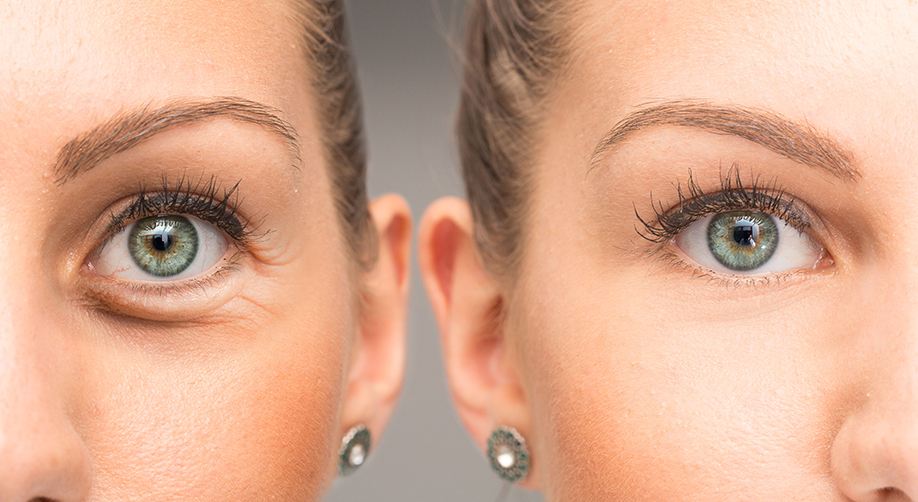Oculoplasty: Cosmetic or Functional? Here’s what you should know
March 8, 2023
Have Any Questions?
Please contact us, if you have any queries
Categories
Oculoplasty, also known as ocular plastic surgery, is a specialized field of ophthalmology that focuses on the reconstruction, repair, and cosmetic enhancement of the eyelids, tear ducts, and surrounding structures of the eyes. While oculoplasty is often associated with cosmetic procedures, such as eyelid lifts and brow lifts, it also plays an important role in restoring function and improving the quality of life for patients with a variety of eye conditions.
What is Oculoplasty?
Oculoplasty is a branch of ophthalmology that deals with the surgical and non-surgical management of conditions affecting the eyelids, orbit, lacrimal system, and the cosmetic and functional aspects of the eyes. It is a field that has made significant advancements in recent years, enabling the restoration of sight, the improvement of facial aesthetics, and the enhancement of the overall quality of life for those who have undergone oculoplastic treatment.

One of the most common conditions that oculoplasty addresses are droopy eyelids (ptosis), which can cause visual obstruction, headaches, and a tired appearance. Ptosis can be congenital or acquired and can be corrected through a simple surgical procedure called blepharoplasty. This procedure not only improves vision but also enhances the appearance of the eyes, giving patients a more youthful and alert look.
Another important aspect of oculoplasty is the management of eyelid malposition such as entropion and ectropion. These conditions can lead to chronic irritation, infection, and even loss of vision if left untreated. Oculoplasty surgeons use various surgical techniques to correct these conditions, resulting in improved comfort, appearance, and protection of the eye.
The field of Oculoplasty also involves the management of orbital and lacrimal disorders. Orbital disorders such as orbital tumors, fractures, and inflammation can cause significant functional and cosmetic issues. The surgical management of these conditions can not only improve the patient’s vision but also enhance the appearance of the eyes and the surrounding area. Similarly, lacrimal disorders such as blocked tear ducts can cause chronic tearing and infection and can be treated with minimally invasive procedures that improve the patient’s comfort and appearance. In addition to these functional aspects, Oculoplasty also has a strong cosmetic facet.
Conditions that can be corrected with Oculoplasty
One of the most common conditions treated with oculoplasty is ptosis, or drooping of the upper eyelid. This can occur as a result of aging, nerve damage, or other conditions and can cause vision impairment, as well as physical and emotional discomfort. Oculoplasty can correct ptosis by repositioning or tightening the eyelid muscle, resulting in improved vision and a more youthful appearance.
Another important aspect of oculoplasty is the correction of congenital and acquired eyelid malformations. These can include conditions such as congenital ptosis, eyelid colobomas, and facial nerve paralysis, which can cause significant functional and cosmetic issues. Oculoplasty can repair these malformations, improving both function and appearance.

In addition to these functional procedures, oculoplasty also offers a variety of cosmetic procedures to enhance the appearance of the eyes. The procedure of blepharoplasty can be used to improve the appearance of the upper and lower eyelids, giving patients a more youthful and refreshed look. The use of Botox and fillers can also be used to enhance the appearance of the eyes and the surrounding area, resulting in a more natural and rejuvenated appearance, boosting their self-confidence and improving their overall quality of life.
Oculoplasty is a field that has the power to enhance the lives of patients by restoring their vision, improving their comfort, and enhancing their appearance. With the advancements in surgical techniques and technology, oculoplasty surgeons can now achieve more precise and predictable results, resulting in improved outcomes for patients. If you are experiencing any eyelid, orbital or lacrimal disorders, it is always best to consult an oculoplasty specialist for the best possible management of your condition.
It’s important to note that, as with any surgical procedure, it’s important to consult with a qualified oculoplasty surgeon to determine if the procedure is appropriate for you and to discuss the potential risks and benefits. With the help of a qualified and experienced surgeon, patients can achieve their desired outcome and enjoy improved vision, function, and appearance.
Where can I get Oculoplasty procedure done?
Oculoplasty is getting widespread popularity these days as a cosmetic surgery. Dr. Rani Menon’s Eye Clinic provides the best eye treatments and surgeries in Kerala with the most modern and best quality AI-controlled equipment like the wave light EX 500 Excimer Laser (Optilasik) and experienced doctors to ensure that you get the best treatment and crystal-clear vision.




